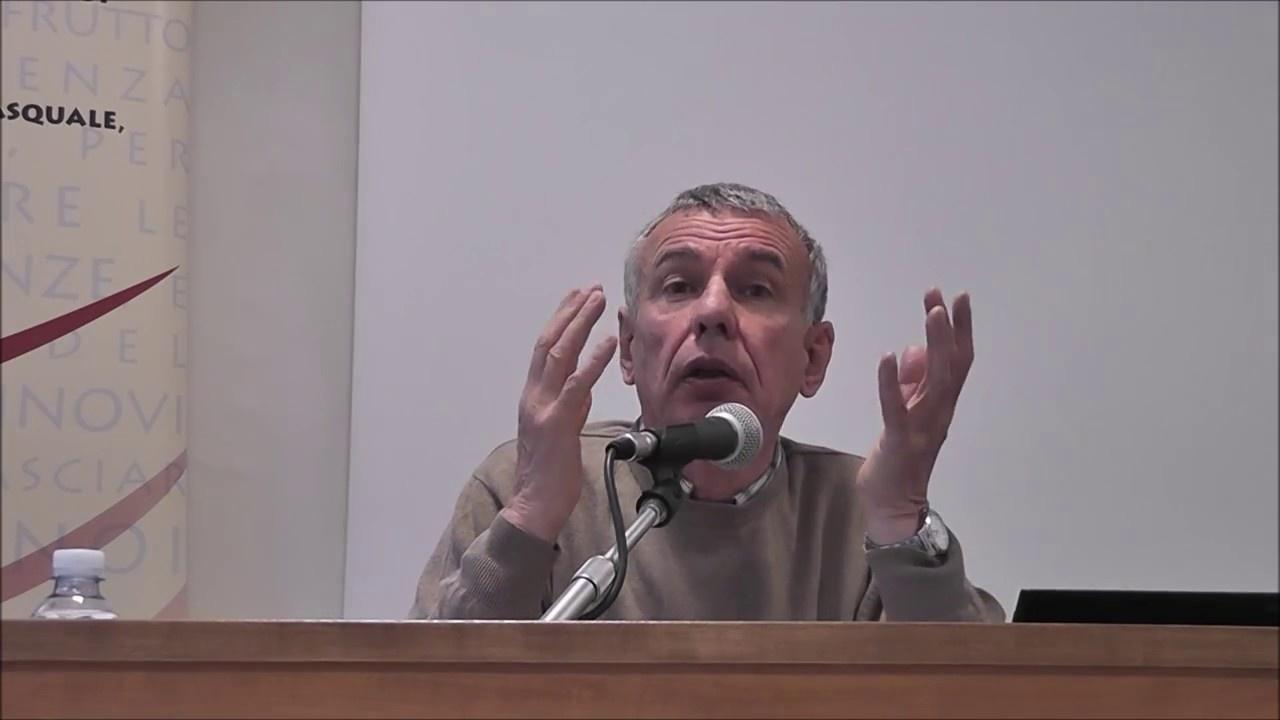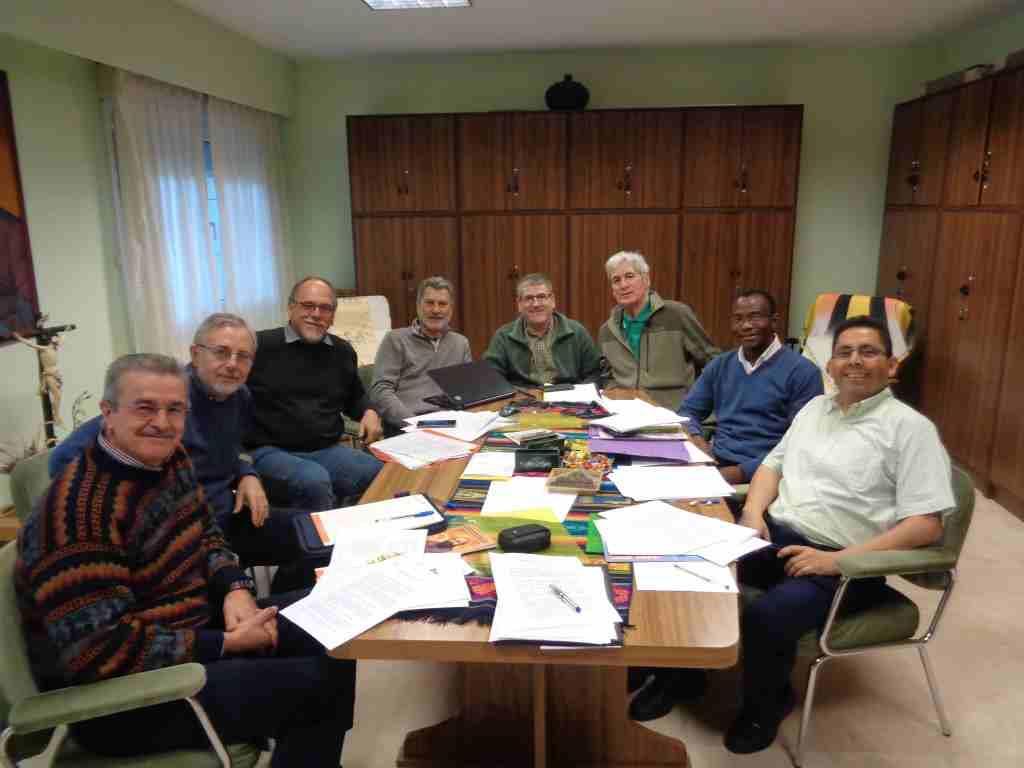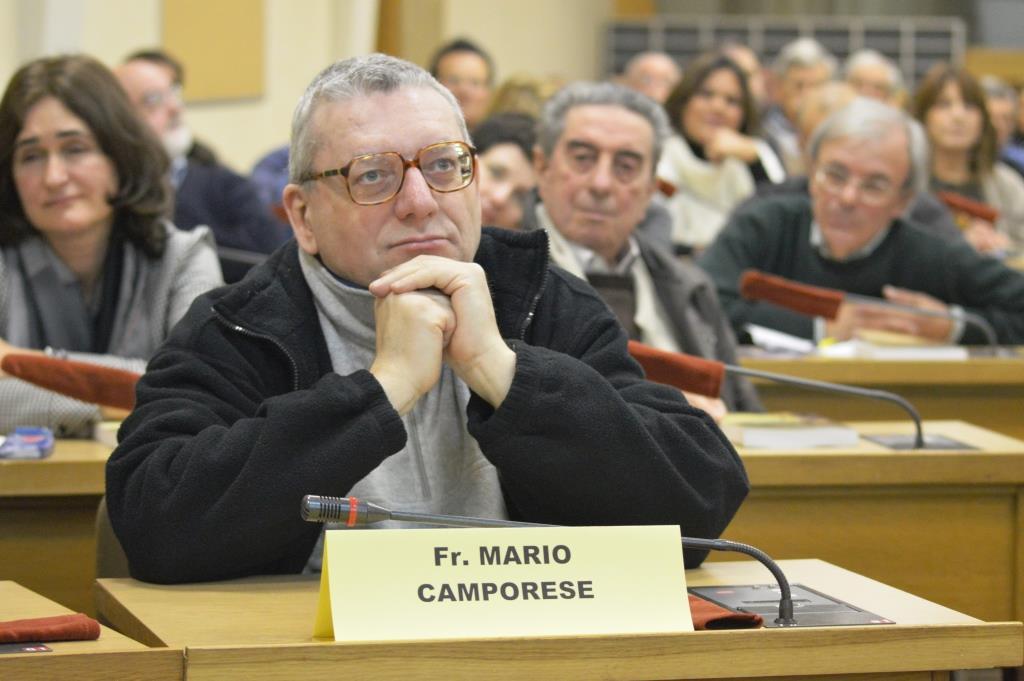Daniel Comboni
Comboni Missionaries
Institutional area
Other links
Newsletter
Friday, June 28, 2024
Missionary animation consists in communicating the passion for Mission. It is not an activity of marketing or simple recruitment of human resources. It is the ability to involve one’s Church in the effective understanding of the Mandatum Novum of Our Lord Jesus Christ. All this in the Christian certainty that, as John Paul II wrote, “Faith is strengthened when it is given to others!” (RM2), explaining further that “the urgency of missionary evangelization is the fact that it is the primary service which the Church can render to every individual and to all humanity in the modern world, a world which has experienced marvelous achievements but which seems to have lost its sense of ultimate realities and of existence itself. ” (RM2). [...]
Missionary Animation in a Changing World
Father Giulio Albanese, Comboni missionary
Introductory Remarks
a) The Encyclical Letter Redemptoris Missio (RM) of December 8, 1990, presented Mission under three aspects: pastoral care, new evangelization, and mission ad gentes. This perspective – essentially based on a geographical criterion – is now outdated due to the changes brought about by globalization. Moreover, from a biblical standpoint, Mission is one, without borders.1
b) We must transition from the preconciliar ecclesiocentric vision to that focused on the Kingdom of God.
c) We need to adopt Pope Francis trilogy expressed in Evangelii Gaudium (EG): a Church that goes forth; reaching out to the peripheries, and on the side of the poor.
d) It is also important to keep in mind the “paths of Mission” which, according to John Paul II in RM, are: witness and proclamation; liturgy, prayer, and contemplation; justice, peace, and the integrity of creation; interreligious dialogue and dialogue with secular society; inculturation; reconciliation.
e) Finally, we need to keep in mind several theological/pastoral principles very dear to Pope Francis: our common home, integral ecology, fraternity, and so forth.
Mission as the Work of the Spirit
Paul VI in Evangelii Nuntiandi (EN) expressed a theological concept, later reaffirmed by John Paul II in RM and by Francis in EG: the Holy Spirit is the “principal agent” of evangelization-mission. The Second Vatican Council had already given very clear guidance on this point, recognizing the presence and action of the Holy Spirit not only within the Church but also outside it, and especially in other religions. In the Decree Ad Gentes (AG) we read, not by chance: ” Doubtless, the Holy Spirit was already at work in the world before Christ was glorified.” (AG 4). In any case, it is clear that the salvation brought in Christ through the Spirit operates beyond the boundaries of the Church as we read in Gaudium et Spes: “All this holds true not only for Christians, but for all men of good will in whose hearts grace works in an unseen way. For, since Christ died for all men, and since the ultimate vocation of man is in fact one, and divine, we ought to believe that the Holy Spirit in a manner known only to God offers to every man the possibility of being associated with this paschal mystery.” (GS 22). For his part, Rowan Williams, Archbishop Emeritus of Canterbury, described the mission in this way: “It consists in discovering where the Holy Spirit is at work and joining in its action.”2.
All these statements are closely connected to the idea that the mission is first and foremost the Missio Dei, with the additional nuance that it receives its impetus from the Missio Spiritus Sancti. The mission of God is carried out by the Holy Spirit, sent from the very moment of creation by the Father; it is concretized in the mission of the Son, Jesus of Nazareth, in the “fullness of time” (Gal 4:4) and is “entrusted to us” (2Cor 5:19).
The Biblical Paradigm
Let’s take the community of Antioch as a paradigm of the missionary Church:
1. In the community at Antioch there were prophets and teachers: Barnabas, Simeon called Niger, Lucius of Cyrene, Manaen, a close friend of Herod the tetrarch, and Saul.
2. While they were worshipping the Lord and fasting, the Holy Spirit said: “Set apart for me Barnabas and Saul for the work to which I have called them.”
3. So after they had fasted and prayed, they placed their hands on them and sent them off. (Acts 13:1-3) It is clear that the Church is a small flock with two emphases: the primacy of quality over quantity; a quality destined for mission ad extra (outside the walls).
Missionary Animation: Yesterday and Today
Missionary animation consists in communicating the passion for Mission. It is not an activity of marketing or simple recruitment of human resources. It is the ability to involve one’s Church in the effective understanding of the Mandatum Novum of Our Lord Jesus Christ. All this in the Christian certainty that, as John Paul II wrote, “Faith is strengthened when it is given to others!” (RM2), explaining further that “the urgency of missionary evangelization is the fact that it is the primary service which the Church can render to every individual and to all humanity in the modern world, a world which has experienced marvelous achievements but which seems to have lost its sense of ultimate realities and of existence itself. ” (RM2).
In Comboni’s time, missionary animation took place only in the Churches a quo (Churches of ancient tradition like those in Europe). Chuches ad quem (new or young Churches) were only to receive and in the imagination of the time were in fact considered as mission territories (e.g. Apostolic Vicariates). There was thus no exchange. Animation consisted in promoting prayer for mission ad gentes, raising funds, and recruiting vocations. Although the encyclical Fidei Donum already affirmed the exchange (circularity) later expressed in Missionary Cooperation from the Second Vatican Council onwards, even today the framework of mission animation, in vast sectors of the missionary world, remains archaic.
Animation as a Commitment of All Missionary Communities
Let’s now ask ourselves what the task of a missionary community should be. Let’s try to outline a sort of description:
a) Missionary spirituality (life according to the Spirit)
b) Information (reading the signs of the times)
c) Formation (Magisterium and education for global awareness)
d) Solidarity (sharing, planning …)
e) Vocations (the Corinthian community; going beyond the logic of recruitment)
In general terms, we can say that the missionary community must be a laboratory of missionary thought, promoting meetings for prayer, reflection, and testimony on the themes of mission ad gentes.
Fr. Giulio Albanese, MCCJ
--------------------------
1) The fact that the Mission is one, from a biblical point of view, was well expressed and documented by the late Cardinal Carlo Maria Martini. However, it is important to emphasise that some missiologists feel the need to abandon the traditional concept of missio ad gentes and adopt the new paradigm of missio inter gentes. According to these missiologists, such a change would help to better recognise the work of the Spirit outside the confines of the Church, from the extra ecclesiam nulla salus, the hierarchical and non-communional vision of the Church. The expression inter gentes (Rom 2:24; 1 Cor 5:1; Gal 2:8; 1 Pet 2:12) is present in the New Testament, but it is worth noting that in these texts the Gentiles represent a religious rather than an ethnic-geographical category. Furthermore, the Gentiles are often associated with habits and behaviour that call for conversion. Finally, the terms do not refer to evangelising activity in the strict sense. The only exception is Gal 2:8 where inter gentes is used by Paul to describe his missionary work that takes place “among” the Gentiles unlike Peter who works among the circumcised.
2) K. Kirsteen, Joining in with the Spirit, Epworth Press, London 2010, p. 1




